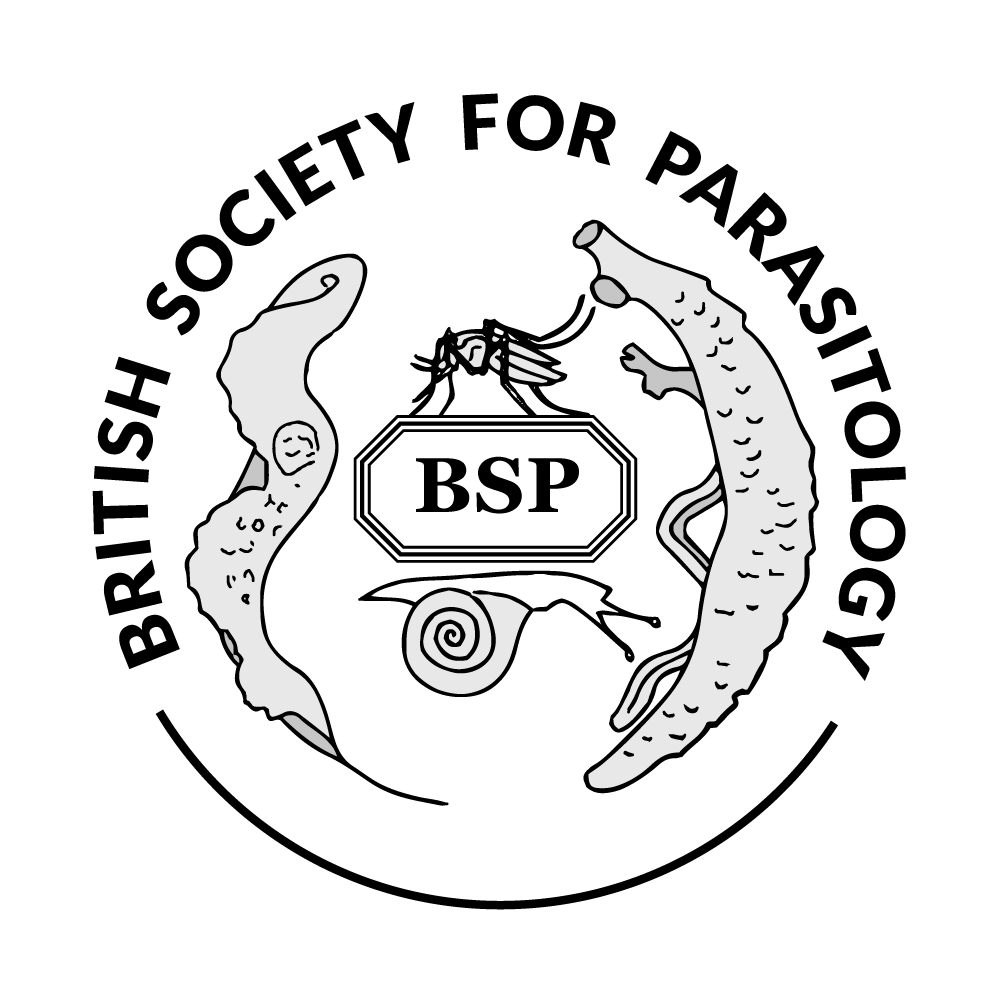Authors
F Ahmed1; L Cunningham1; J Musaya2; JR Stothard1; 1 Liverpool School of Tropical Medicine, UK; 2 Malawi-Liverpool-Wellcome Trust Clinical Research Programme, MalawiDiscussion
Background: Male Genital Schistosomiasis (MGS) is a potentially severe consequence of chronic urogenital schistosomiasis, however very little original data exists regarding prevalence, recovery with adherence to treatment, and co-infective sexually transmitted infections (STIs) in sub-Saharan Africa. Hybridization in Urogenital Schistosomiasis (HUGS) is an ongoing longitudinal cohort study within Malawi, wherein a three-point sub-study on the clinical implications of MGS was conducted. Objectives: Determine the current prevalence of male genital schistosomiasis in two districts of Malawi. Evaluate changes in MGS symptoms across a year of Praziquantel therapy. Document the presence or absence of non-S. haematobium species within MGS cases with active schistosomiasis. Determine the prevalence of two common STIs within MGS cases with active schistosomiasis. Participants: All consenting males over the age of 18, positive for urogenital schistosomiasis at June 2023. Total sample size: 37 across sub-study. Methodology: Participants were recruited from the HUGS cohort in Mthawira, Nsanje, and Samama, Mangochi. Symptomatology data was obtained through questionnaires. Semen samples were examined by visual inspection and microscopy techniques. Urine samples were subject to filtration and microscopy. Egg counts were used to determine schistosomiasis intensity. Semen sediments and individual miracidia were examined with real-time PCR for non - S. haematobium species, alongside the trial of a duplex high-resolution melt (HRM) assay identifying the presence or absence of three sexually transmitted infections: Trichomonas vaginalis, and human papillomavirus types 16 and 18. Results: The prevalence of MGS in June 2024 was 12.50% in Nsanje and 46.70% in Mangochi district by semen microscopy. This rose to 25.00%% and 62.50% respectively utilising molecular diagnostics. This shows minor improvement with biannual MDA, decreasing from baselines of 25.00% and 75.00% with microscopy, 33.33% and 65.71% from rtPCR. The modal MGS symptom was genital pain, increasing by 16.6% from baseline. There was evidence of hybridisation within one MGS case, and markers of zoonotic infection with Schistosoma mattheei in 16.7% of the cohort, all cases were from Mangochi district. T. vaginaliswas common at a prevalence of 16.7%, and one case of HPV 16 was identified. Due to sample size limitations, the MGS prevalence decrease cannot be confirmed as statistically significant. Conclusion: MGS continues to present an ongoing challenge even in the context of biannual MDA. Men report they continue to experience symptoms of both UGS and male genital schistosomiasis to a similar extent throughout therapy. Zoonotic infections are present, as are high-risk sexually transmitted infections in Mangochi. This highlights a need for improvement in diagnostics and a control strategy increasing disease awareness, with contextual risk factor management. 
